Research Interests
Exploding Stars, Cosmology, and Astrodata Science
Type Iax Supernovae
Type Iax supernovae are the peculiar cousins to traditional Type Ia supernovae that are used as cosmological light houses to measure distances. Despite years of research, the explosion mechanism of normal type Ia supernovae remains mysterious which produces an unsettling systematic in using them for cosmology. Type Iax supernovae are still the explosion of a white dwarf star giving us a different angle to study why these stars explode and how.
In serendipitous pre-explosion images from the Hubble Space Telescope, we detected the progentitor system, a first for any white-dwarf supernova!1McCully, et al. 2014, Nature, 512, 54. Our current best explanation for these explosions is that the white dwarf star explodes at the Chandrasekhar limit, the maximum mass a white dwarf can have before it collapses, but the explosion is weak leaving behind a bound remnant.2,McCully, et al. 2022, ApJ, 925, 1383McCully, et al. 2014, ApJ, 786, 134
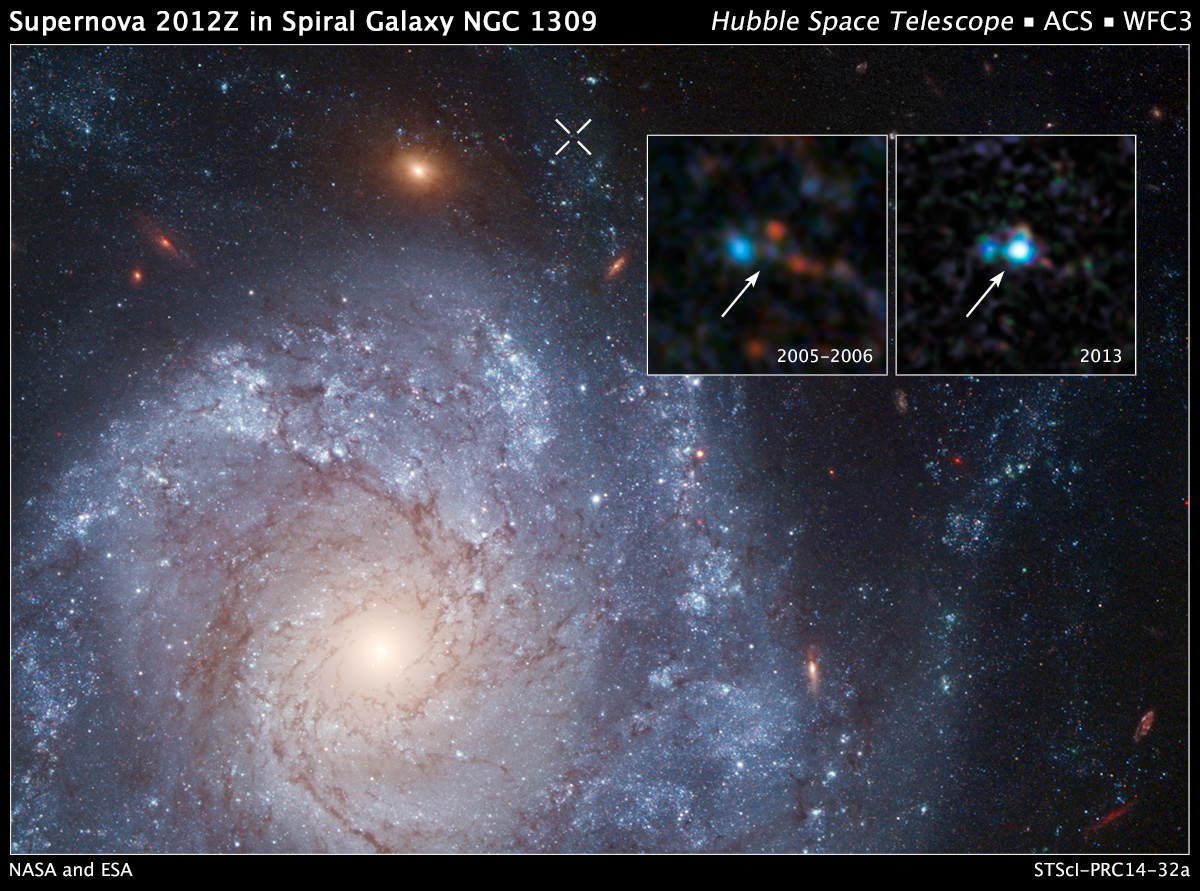 Credit: NASA, ESA, C. McCully and S. Jha (Rutgers University), R. Foley (University of Illinois), and Z. Levay (STScI); Acknowledgment: Hubble Heritage Team (STScI/AURA), and A. Riess (JHU/STScI)
Credit: NASA, ESA, C. McCully and S. Jha (Rutgers University), R. Foley (University of Illinois), and Z. Levay (STScI); Acknowledgment: Hubble Heritage Team (STScI/AURA), and A. Riess (JHU/STScI)
Gravitational Wave Electromagnetic Counterparts: Kilonovae
August 2017 was a landmark moment for science. For the first time, LIGO detected gravitational waves from the merger of two neutron stars.4LVK/EM Collaboration, 2017, ApJL, 848, L12. We had expected these events to produce light as well as gravitational waves from a cosmic explosion called a kilonova. We triggered Las Cumbres Observatory to search the largest galaxies in the area that LIGO/Virgo reported the for the event. We were one of six groups that imaged the kilonova (AT 2017gfo) before the discovery announcement.5Arcavi, et al. 2017, Nature, 551, 64
Upon confirmation, we triggered the Las Cumbres FLOYDS, South African Large Telescope (SALT), and the Gemini South spectrographs to study the evolution of the kilonova. We found that the spectra show the presence of early blue light that was totally unexpected from models. The kilonova then evoloved to show extrememly high velocity ejecta (30% of the speed of light!) matching predictions that these explosions are the source of the heaviest elements in the universe like gold and platinum.6McCully, et al. 2017, ApJL, 848, 32
 Credit: Monroe, NASA's Goddard Space Flight Center
Credit: Monroe, NASA's Goddard Space Flight Center
Global Supernova Project
The Global Supernova Project (GSP) is on the key projects at Las Cumbres Observatory collecting photometry and spectra using the robotic facilties of Las Cumbres to observe nearby supernovae of all types. The global network of telescopes and cyberinfrastructure we have developed allows to observe the supernovae soon after explosion and get regularly cadenced observations to track their evolution.
Recently, we have modeled light curves of a type I superluminous supernova (SLSN) to show that it has a central magnetar with a rotating disk that can be used to test Einstein's General Relativity.7Farah, et al. 2025, arXiv:2509.08051.
We have also observed a type Ia supernova that shows evidence of unburned material for the first few days after explosion, but then evolves into a normal type Ia providing clues about the explosion mechanism of thermonuclear supernovae.8Padilla-Gonzalez, et al. 2024, ApJ, 964, 196
Our observations have also confirmed the existence of a new type of exploding star beyond the standard fusion-based and core collapse varieties. Our observations matched the prediction of a "Electron Capture Supernova", a long theorized explosion mechanism.9Hiramatsu, et al. 2021, Nature Astronomy, 5, 903
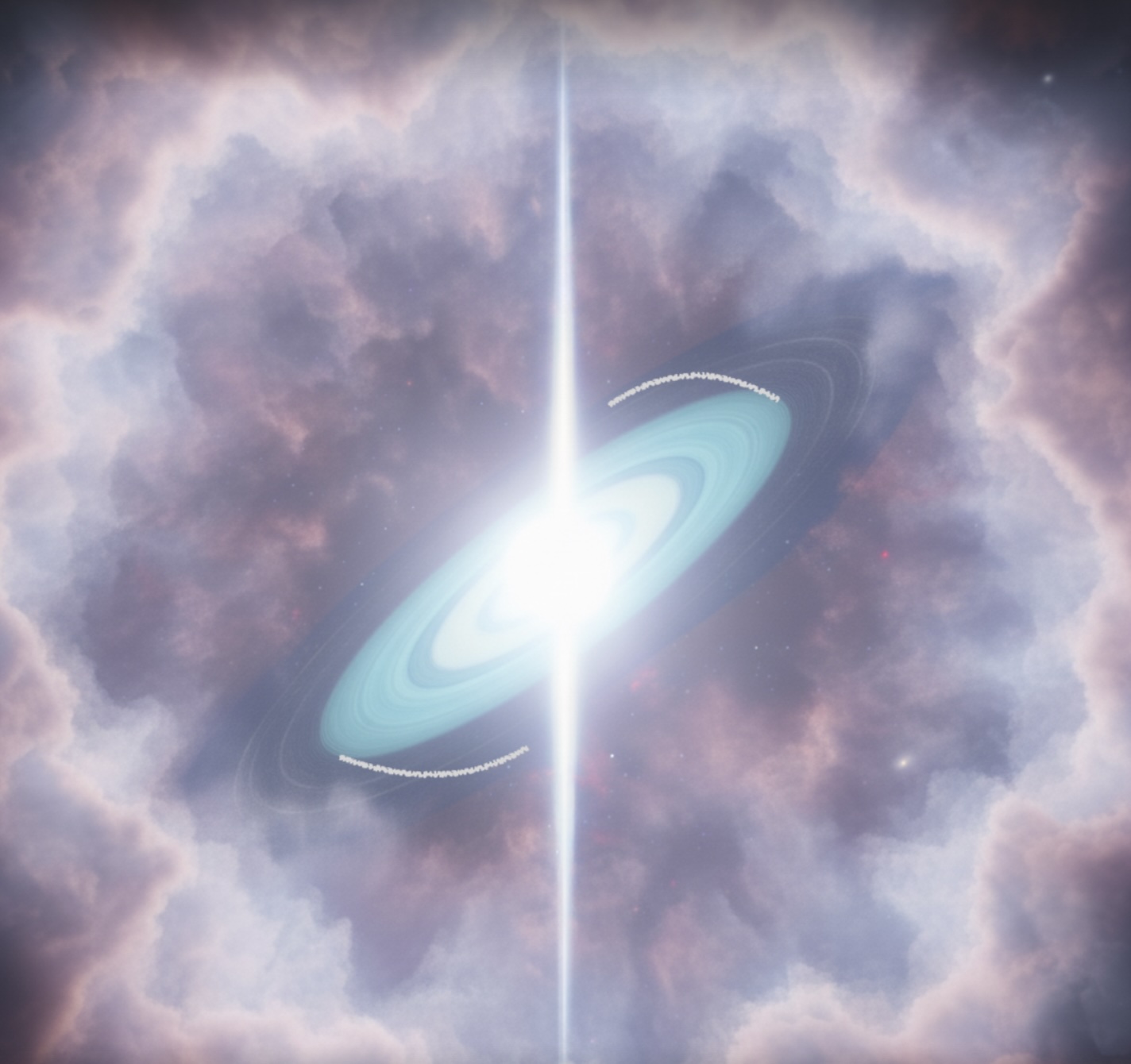 Credit: J. Farah; Las Cumbres Observatory
Credit: J. Farah; Las Cumbres Observatory
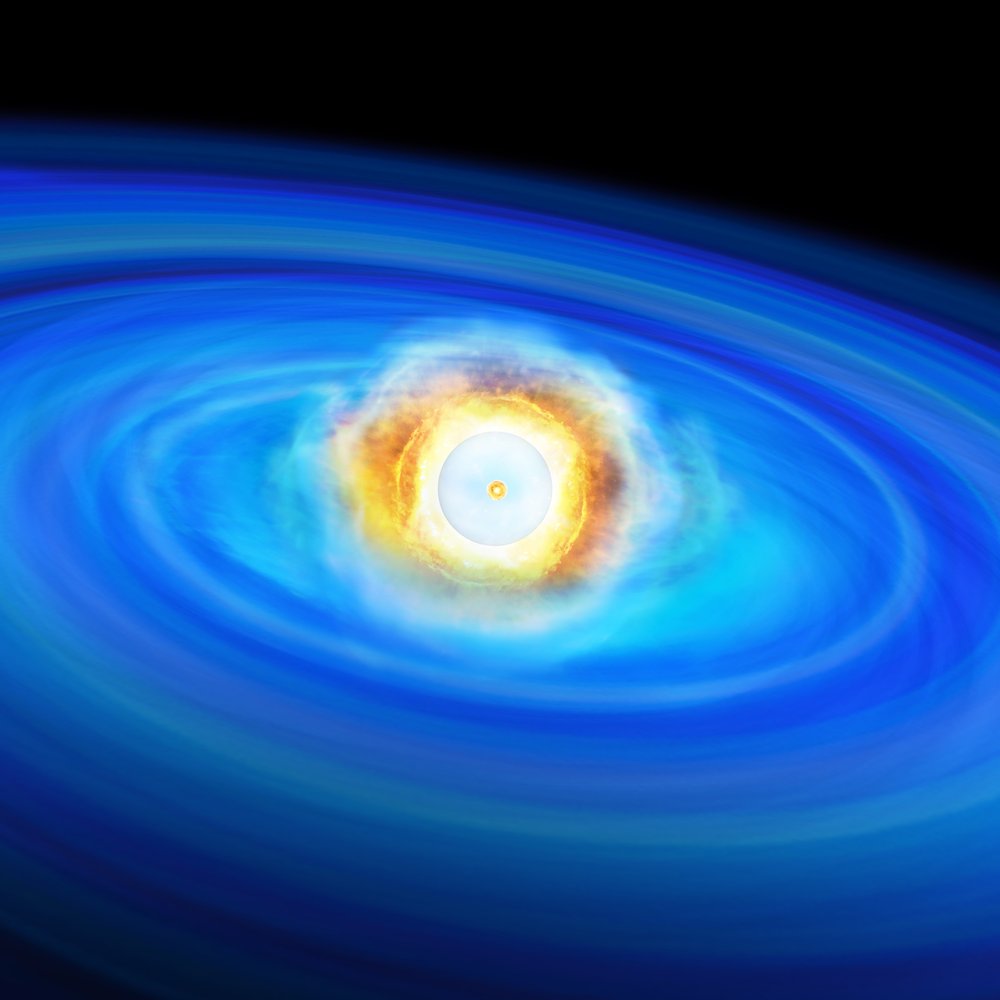 Credit: S. Wilkinson; Las Cumbres Observatory
Credit: S. Wilkinson; Las Cumbres Observatory
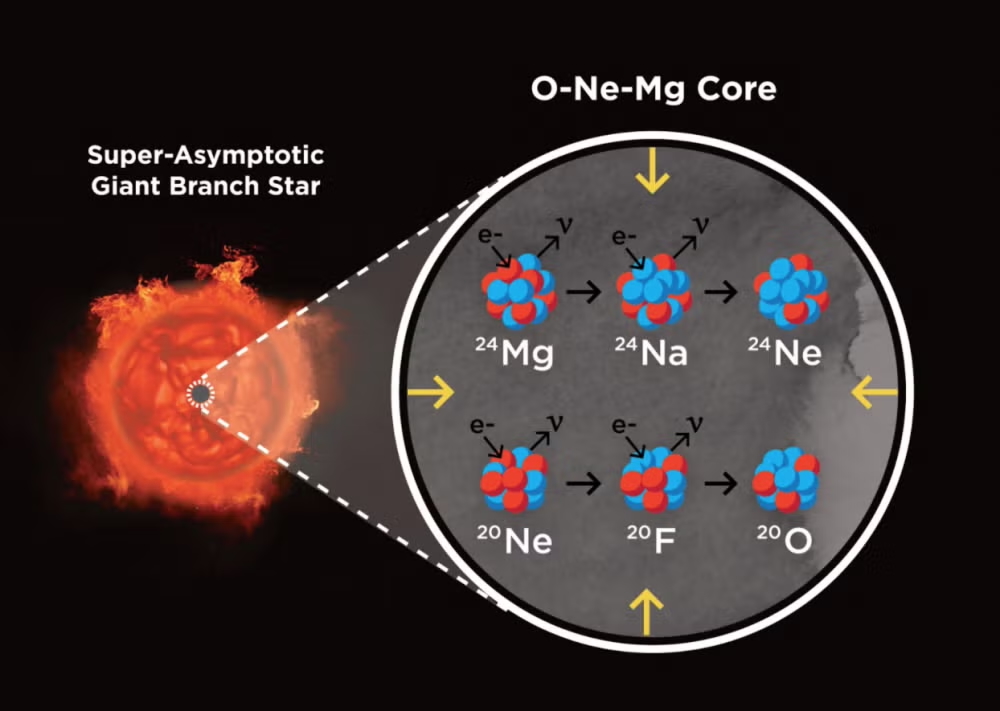 Credit: S. Wilkinson; Las Cumbres Observatory
Credit: S. Wilkinson; Las Cumbres Observatory
Astronomical Data Pipelines
Modern astronomy requires robust, scalable data pipelines to turn the raw data from the telescopes to astrophysical insights. Time domain furthers these needs with requiring highly automated data reduction so that astronomers can react quickly as their targets evolve. To solve meet these needs, we developed the BANZAI pipelines.10,github.com/lcogt/banzai11McCully, et al. 2018, SPIE, 10707, 107070K
Our imaging pipeline processes approximately three million frames a year from 25 robotic telescopes from sites around the world. We also measure radial velocities for high resolution our high-resolution NRES echelle spectrographs12,github.com/lcogt/banzai-nres13McCully, et al. 2022, SPIE, 12189, 1218914 and extra long-slit spectra from our low-resolution FLOYDS spectrographs.14,github.com/lcogt/banzai-floyds15McCully, et al. 2024, SPIE, 13101, 131010U
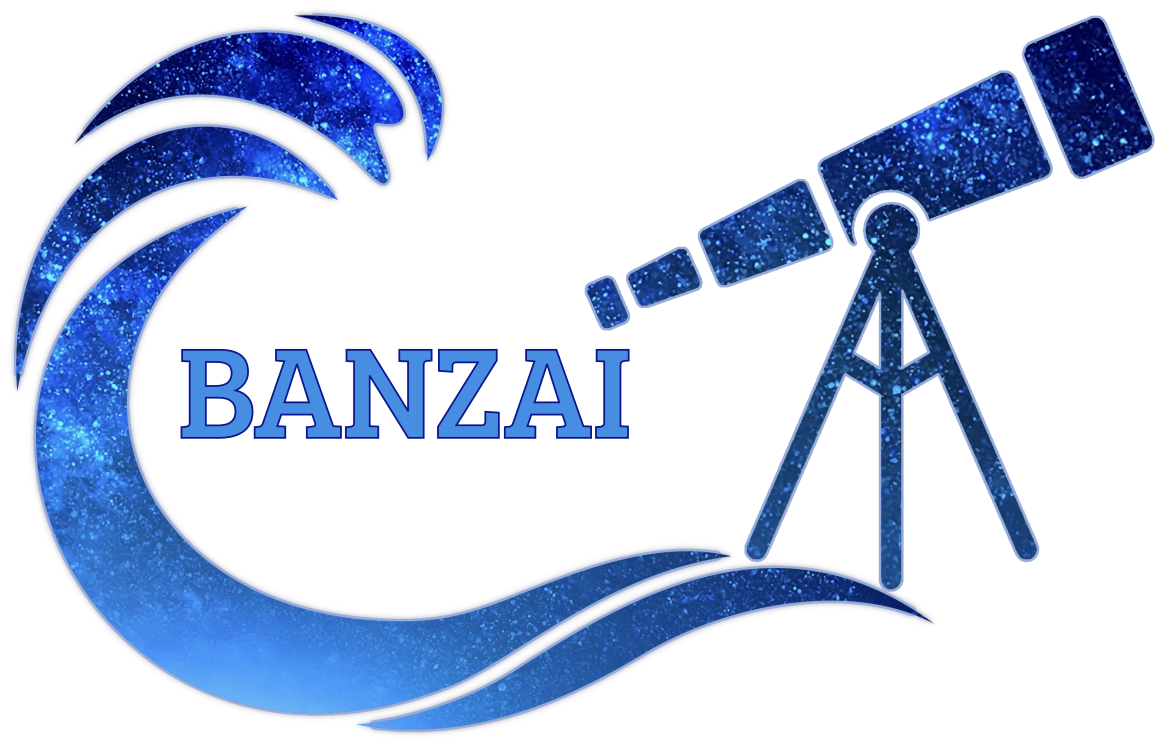 Credit: C. McCully; Las Cumbres Observatory
Credit: C. McCully; Las Cumbres Observatory
A key processing step in astronoimical pipelines is to identify and reject pixels affected by cosmic rays. To mitigate this issue, I developed the Astro-SCRAPPY16github.com/astropy/astroscrappy which is a fast implementation of the LA-Cosmic algorithm. We have also explored using machine learning via a convolutional neural network to indentify cosmic rays.17,github.com/cy-xu/cosmic-conn18Xu, et al. 2023, ApJ, 942, 73
Astronomical Cyber Infrastructure
Time domain astronomy requires coordination between researcher groups and differet facilities at a new level. To enable this coordination, I have been involved in the development of a variety of tools that have initally been aimed at multi-messenger astronomy but also apply to time domain observations in general.
I am project manager for the Scalable Cyber Infrastructure for Multi-Messenger Astronomy (SCIMMA) collaboration.19https://scimma.org We have developed HOPSKOTCH which is a user-managed, high-uptime deployment of Kafka streams that are being used to manage the internal messaging in LIGO. We have built HOP-Enabled Rapid Message Exchange Service (HERMES) on top of this system providing astronomers a platform to coordinate and produce highly searchable messages to coordinate multi-messenger follow-up observations.20,https://hermes.lco.global21Nation et al. 2024, SPIE, 13101, 131011F
I am the Principal Investigator (PI) on a grant from the National Science Foundation (NSF) to refurbish the Treasure Map22,github.com/TheTreasureMap23Wyatt et al. 2020, ApJ, 894, 127. The Treasure Map is a service for astronomers to report their follow-up observation pointings so that other facilities can coordinate and make sure that we observe the entire search region instead of everyone repeating observations on a small part of it. This coordination is the way that we can ensure we find the next kilonova!


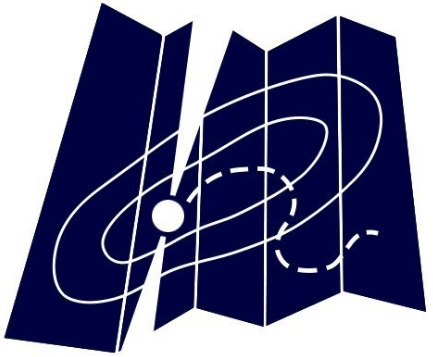
UVIa
We are beginning to apply our time domain follow-up expertise to space-based observatories and into the ultraviolet. I am the Deputy Principal Investigator on the proposed UVIa mission to NASA. UVIa is a small satellite/cube satellite mission concept that will observe type Ia supernovae in three bands ranging from the optical to the far ultraviolet. This bandpass has exciting signatures for explosion models of type Ia supernovae which are indistinguishable in the optical alone.24Hoadley, et al. 2025, JATIS, 11, 4, 042221
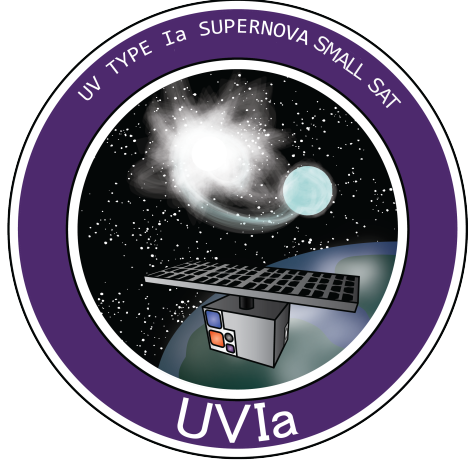
Gravitational Lensing
Graviational lensing is the bending of starlight by the gravity of massive objects. The amount of bending we measure can be used to determine the size of the universe and measure its expansion. However, if you do not include all of the mass along the line of sight, specifically in the foreground of the main lens galaxy, you get biased results. I have developed a theoretical framework to include other galaxies that are close to the main lens in projection on the sky but are at different redshifts to produce unbiased mesurements in cosmology.25,McCully, et al. 2014, MNRAS, 443, 363126McCully, et al. 2017, ApJ, 836, 141
 Credit:C. McCully; CFHT/Coelum (J.-C. Cuillandre & G. Anselmi)
Credit:C. McCully; CFHT/Coelum (J.-C. Cuillandre & G. Anselmi)